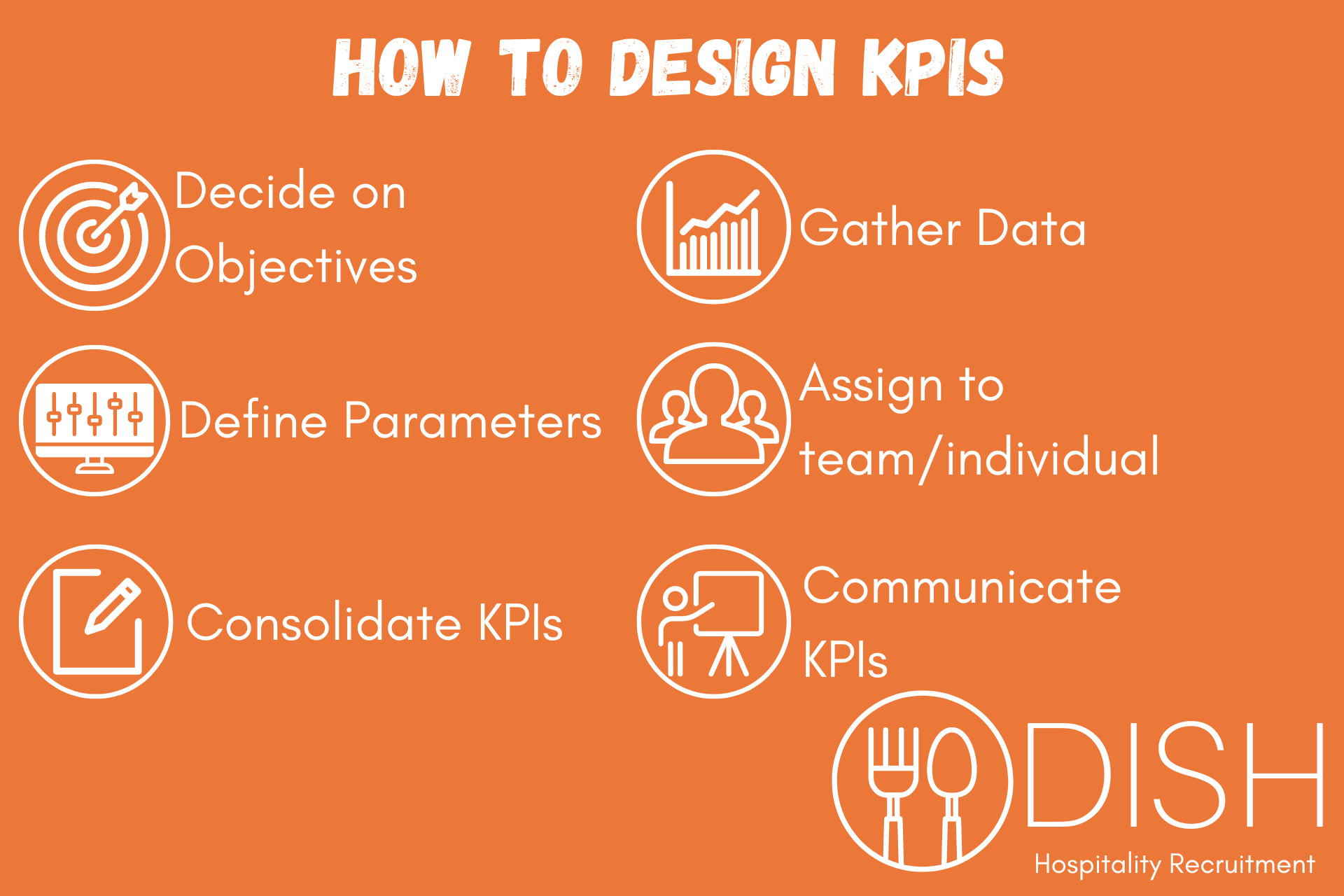
29 Nov How to Design Effective KPIs
Key Performance Indicators measure the performance of a business, department or individual against objectives. They enable you to monitor how your goals are being met and allow you to re-evaluate your objectives moving forward. KPIs are important because they encourage you to focus on your most important business goals and measurably work towards them. So how do you design effective KPIs?
- Decide upon your objectives
Before you can set a target you must first know what you want to achieve. For example, if you aim to increase your reach to customers, your KPI may involve increasing your contacts or responses to communications.
- Define the parameters
Refine your objectives by identifying what methods you can use to achieve them, how you will measure success and consider binding your goal with a schedule and deadlines.
- Consolidate your KPIs
Taking this all into account, you should now be able to design a KPI that is specific and measurable rather than vague; achievable; relevant to your business objectives and time-bound. For more information on How to Set SMART Goals, see our blog post.
- Gather data
As KPIs are metrics, it’s important to gather relevant and accurate data that will inform current performance as you set your objectives, and measure performance as you begin to meet your objectives.
- Assign to a team/individual
Ensure there is a team member responsible for each stage of your KPIs to make sure that each objective is addressed. It’s also advisable to hold someone accountable for each KPI overall to ensure that everyone is working together to achieve success.
- Communicate your KPIs
Share your KPIs with relevant stakeholders clearly with as minimal jargon as possible to effectively communicate what you expect from each team member and why the KPI has been set in order to increase buy-in.
Article source: https://www.glassdoor.co.uk/blog/what-is-a-kpi/

